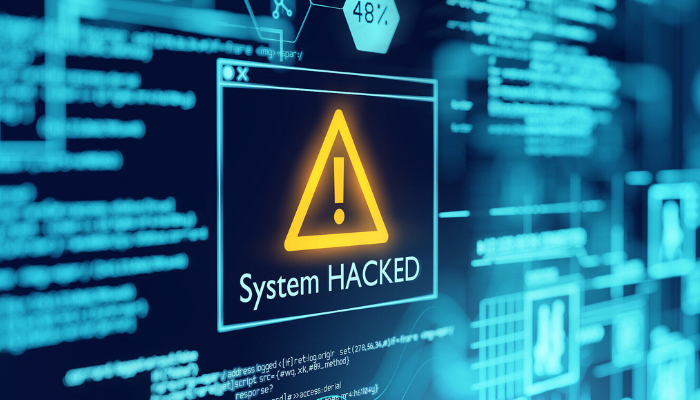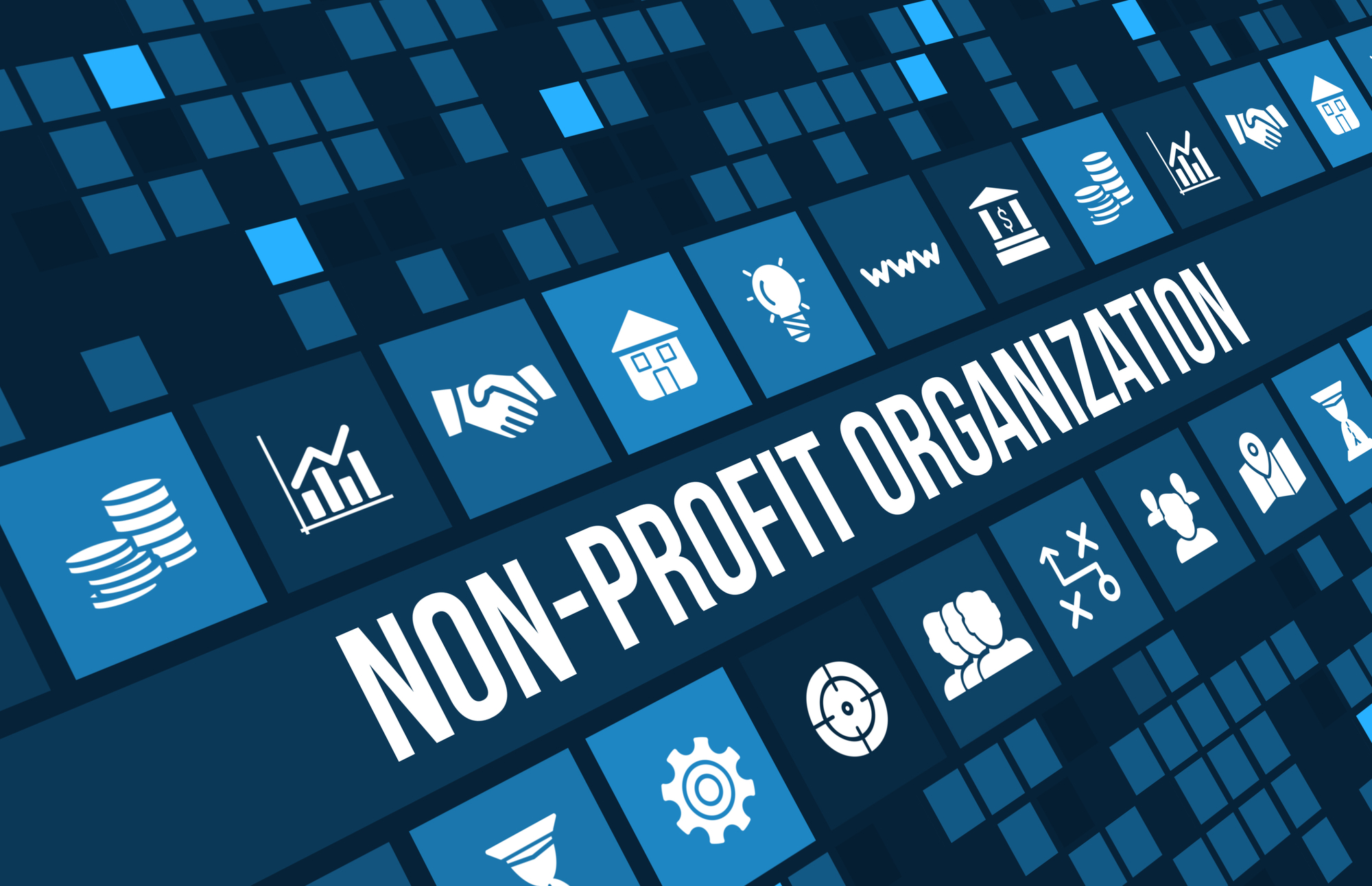When it comes to cybersecurity, there is both good news and bad news for nonprofits. Cybersecurity is a rapidly escalating issue that many organizations aren’t prepared to confront. Compromised financial and personal information can be sold on the dark web and used for identity theft, ransomware attacks, phishing scams, and any number of crimes. That’s bad news.
The good news is that the vast majority of cyberattacks are preventable. It’s your responsibility as a nonprofit to protect the staff’s, donors’, and volunteers’ data. The fact is that too many nonprofits don’t take cybersecurity seriously. Unfortunately, they don’t understand the very real and disruptive effect a security breach can have on their missions.
This can happen because most users think that IT is the same as cybersecurity. IT experts are critical to the everyday operation of digital resources and network communication. They ensure that users are able to stay productive and have access to network resources critical to their job functions. But it’s the security of information assets and the resources that store them that are cybersecurity professionals’ main concerns.
Both require trained experts to handle complicated and evolving solutions. But it’s unrealistic to rely on an IT company to protect your data. Think of it this way: If you’re building a house, do you expect the roofer to install the alarm system?
Understand how to protect your nonprofit from hackers with these questions:
Do you know where your organization is most vulnerable to an attack?

The last thing you want is to have your organization become a cyberattack victim. Yet, cybercriminals prey on nonprofits to access data belonging to high-end donors and at-risk people. The reputational damage and financial loss from donors fleeing an organization they no longer trust could jeopardize your ability to fulfill your mandates.
Do you know what measures your organization has taken to protect its team and the people you serve?

Remember IT and Cybersecurity professionals aren’t the same. IT staff members are critical to the everyday operations of your nonprofit, but cybersecurity professionals have different responsibilities. Among other tasks, they help monitor digital assets to quickly detect an ongoing attack and contain it in the shortest timeframe and most efficient way possible.
Do you know what measures your organization has taken to protect its team and the people you serve?

Most nonprofits are at extreme risk of cyberattack, which could destroy your reputation and trust, leaving you devastated that you could no longer pursue your mission. Your donors, volunteers, and people you serve trust that you will protect their families, careers, and personal information.
Yet, many nonprofits haven’t even begun to address the cybersecurity issues adequately. Cybercriminals continue to target nonprofits because they are easy targets from whom to steal valuable data, which could be used to exploit high-end donors. It sounds disheartening to hear that ill-intended users are willing to steal from organizations that are fighting so hard to do good in the world. People who give so much should not have to worry about being attacked by criminals, but unfortunately, this is the reality.
This is why your organization should have an incident response plan to help identify, respond to, and recover from a breach. Well-designed plans greatly reduce the response time and play a big role in minimizing damage during a cybersecurity incident.
To develop an incident response plan, the first step is to obtain senior management support. With senior management backing you up, you can now assemble the most qualified members for your incident response team which will assist you with managing the response process effectively.
Another important step is to identify an incident response team and define their roles and responsibilities. An incident response team is a group of people in charge of executing the technical aspects of the incident response plan. In the event of a cyberattack, an incident response team detects, contains, and eradicates the threat and restores the affected systems back to full production.
Remember to also document and account for any regulatory requirements such as reporting protocols.
Don’t forget to include external forensic vendors that may be needed and develop their relationship beforehand. If your nonprofit has a cybersecurity policy, ensure that the insurance company doesn’t require you to use their own preselected list of security vendors when a breach occurs.
Finally, keep your plan up to date, as changes will inevitably occur.
Now that you know how to protect your nonprofit from hackers, take a look at these resources that might help you step up your cybersecurity game:
Learn how this guide to cybersecurity for nonprofits can support your mission and operations.
This nonprofit cybersecurity checklist will help you understand how to protect your nonprofit from hackers. Use them as a starting point in your next cybersecurity meeting.
This whitepaper will help you understand what the main differences between IT and InfoSec professionals are.
Understand your organization’s current security posture. The knowledge gained through this assessment will help guide the decisions that will need to be made to improve your security and align your risk with acceptable tolerance levels.










